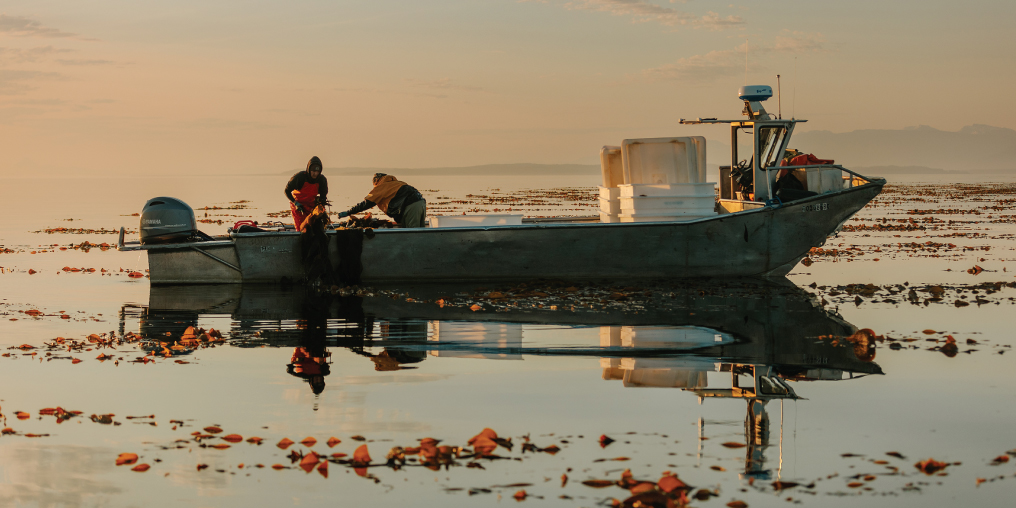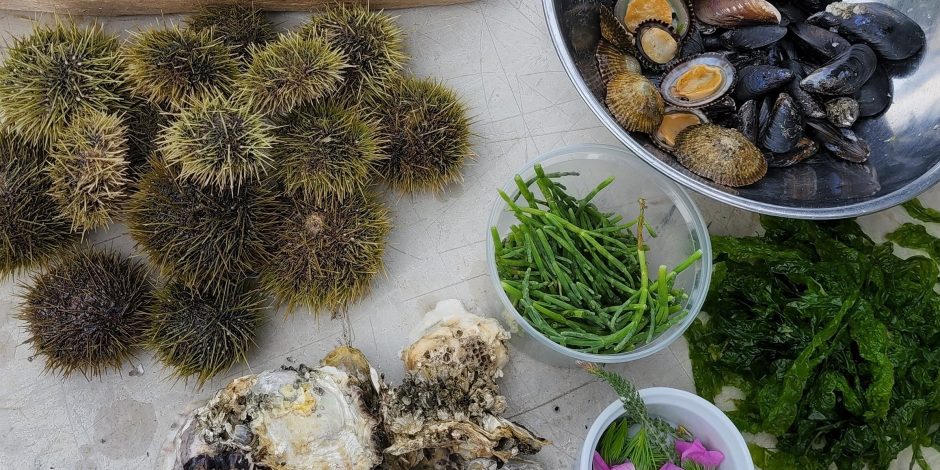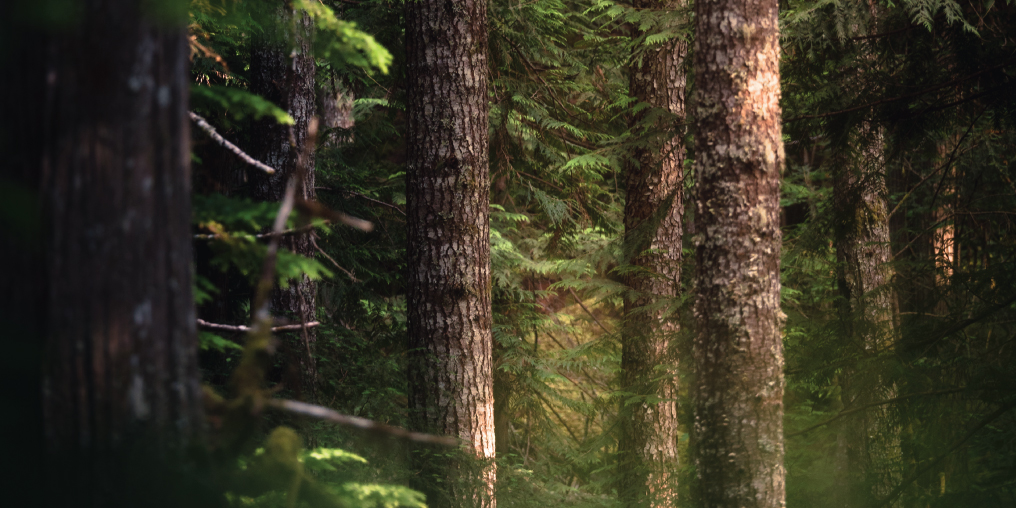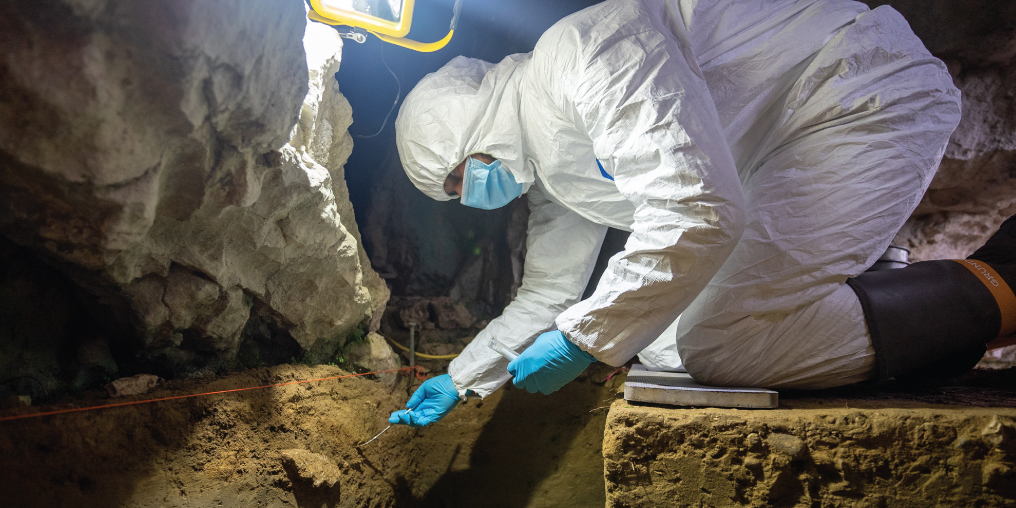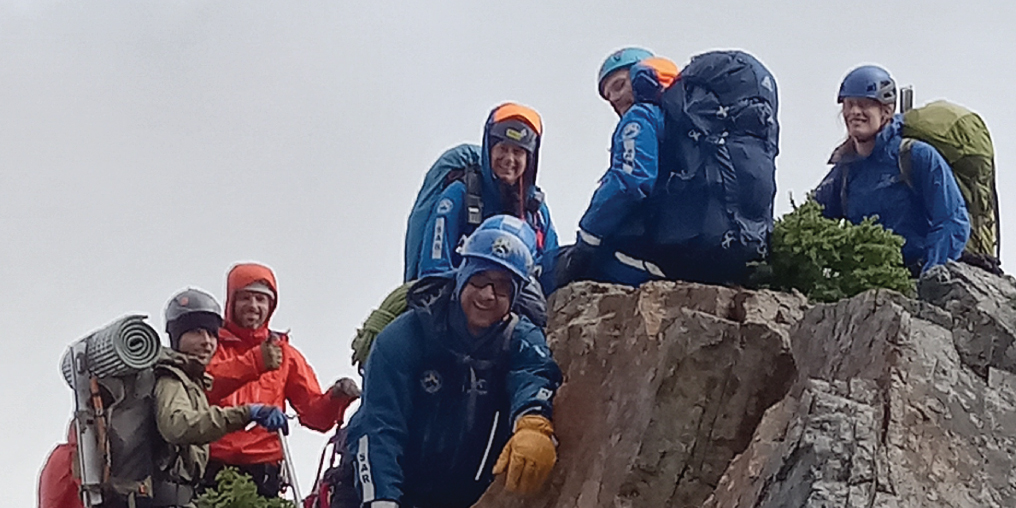My name is Shaelynne and I am in my fourth year of running a wild kelp harvesting operation off the coast of Port Hardy for my father’s company. He has been harvesting Macrosystis pyrifera, giant kelp, from these same beds in our traditional Kwaguilth territory for almost 25 years. For the past few years, my summer seasons have been full of early mornings, salty air, and hard work. I couldn’t be happier.
I have loved the ocean for as long as I can remember. My dad, Marc Peeler, is a fourth-generation commercial fisherman who grew up spending every moment he could on the water or, at the very least, near it—watching his papa build boats and seine fishing alongside him or his dad, before buying his own boat and becoming a very successful fisherman in his late teens and early 20s. He has continued to grow his business, and, while he doesn’t get on the water as much as he used to, and he has created a way to support himself and his family while also employing many community members through other aspects of aquaculture. Because of this, I was lucky enough to spend much of my childhood on the sea and I fell in love with not only the water but the way of life. Early on, I learned the benefit of having a hard-working crew that feels like family, how to respect the ocean, how fast it can change, and the benefit of putting time and love into your work.
Our day of harvesting starts by leaving the dock around daylight or a little later depending on what the tides or wind are doing that day. Harvesting at low tide is beneficial because more of the plant is sitting on the surface, which allows us to pick fewer individual strands. All of our kelp is harvested by hand, using a gaff hook to pull it towards us, and a small knife to cut it as low as we can, before pulling it into our totes—all solely by hand. We harvest from refitted herring punts outfitted with outboards, which we use to slowly move through the kelp, mindful not to use any more engine power than we have to. A light breeze is perfect as it pushes us through the patch slowly. Once we have collected all that we need, we make our way back towards town where we offload our totes at a local fish plant by crane. It is then picked up by a truck to head to the processing plant, also located in Port Hardy.
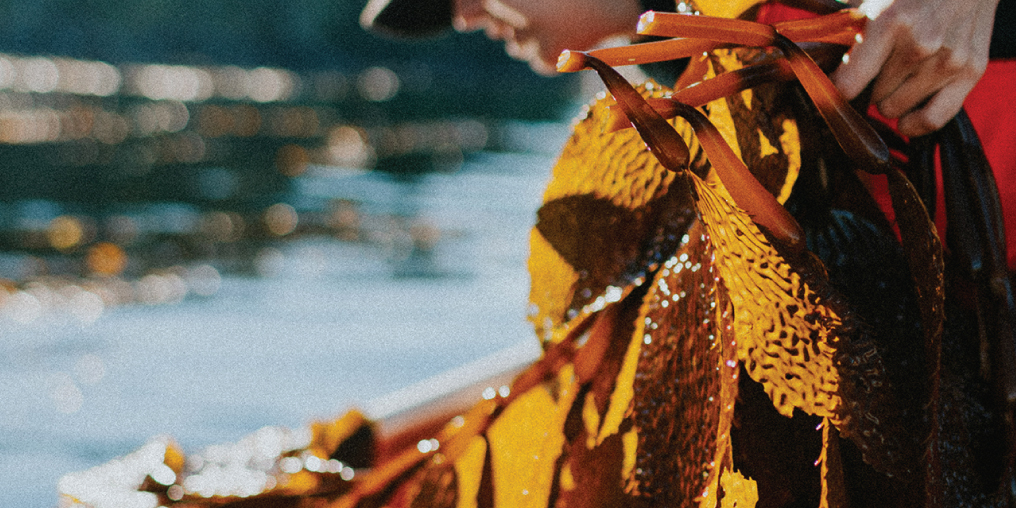
Most of our kelp is utilized in fertilizer for vegetable farms, but some of it goes to La Mer cosmetics where it becomes the first ingredient in many of their products after going through an intensive fermentation process.
Over the years, our company has completed many biomass surveys and worked with biologists to make sure we are not harming wild kelp beds. They create habitats for many species and are very much a living ecosystem. Reports from our biologists are proving that we encourage growth by only taking the top of each plant, which allows more sunlight to reach the roots. Plus, our harvest causes more water to flow through the bed, creating healthier plants as cold water is essential for thriving kelp.
Being on the water in a sustainable way is amazing. Building a crew that truly enjoys working together has been awesome—a few members are lifelong friends, and I get to watch them fall in love with the ocean the way I did all those years ago. I appreciate the opportunity to work in an industry my family has been in for generations, and in a field that provides for decades without negative effects on the ocean or the earth.
Follow Shaelynne on Instagram @kelpingitreal and Kim @westcoastlife.

